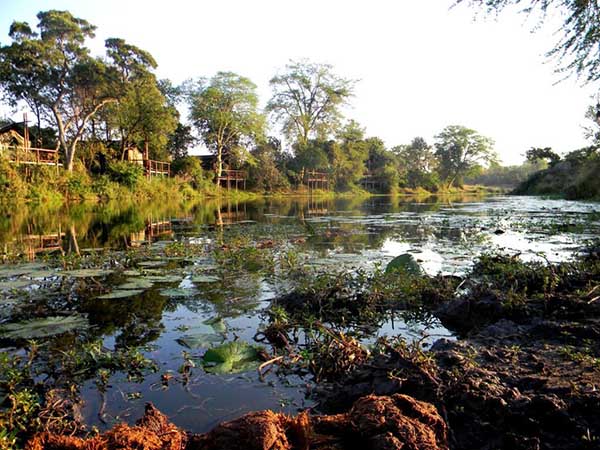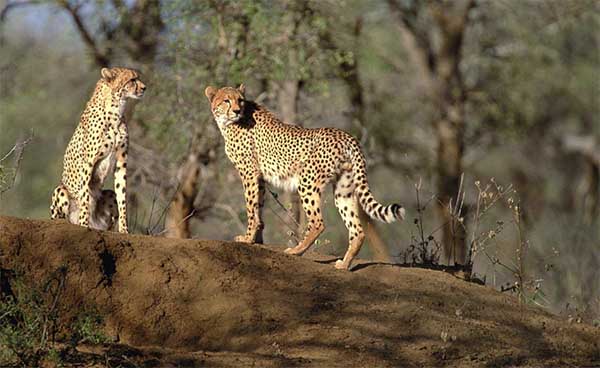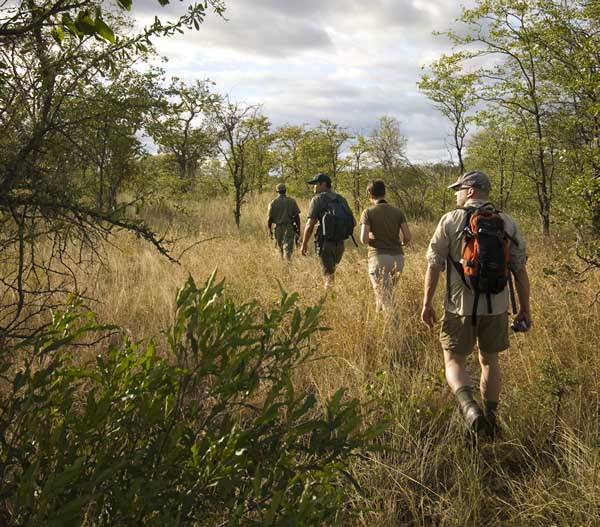If you’re a nature enthusiast or simply someone who appreciates the beauty of wildlife, then the Great Limpopo Transfrontier Park should be on your bucket list. This park is a conservation area that spans across three countries: South Africa, Mozambique, and Zimbabwe. It’s a unique park that’s not only home to the famous Big Five but also to a wide range of flora and fauna.
The Great Limpopo Transfrontier Park is more than just a tourist attraction. It plays a crucial role in the conservation of wildlife and the preservation of ecosystems. The park is part of a larger initiative that aims to create transfrontier conservation areas across Africa. By connecting different parks and reserves, this initiative hopes to create larger and more sustainable habitats for wildlife. The Great Limpopo Transfrontier Park is a prime example of this initiative in action, and it serves as a model for similar projects across the continent.
History
The Great Limpopo Transfrontier Park (GLTP) is a conservation area that spans across three countries in southern Africa: Mozambique, South Africa, and Zimbabwe. The park was established in 2002, and it covers an area of approximately 35,000 square kilometers.
The idea for the park was first proposed in the 1990s as a way to promote conservation and sustainable development in the region. The park was created by combining several existing protected areas, including South Africa’s Kruger National Park, Zimbabwe’s Gonarezhou National Park, and Mozambique’s Limpopo National Park.
The GLTP is home to a wide variety of wildlife, including elephants, lions, rhinos, and many other species. The park also has a rich cultural history, with evidence of human habitation dating back thousands of years.
Since its establishment, the GLTP has been a model for transboundary conservation and cooperation. The park has helped to promote regional peace and stability by providing a platform for collaboration between the three countries. It has also helped to create jobs and economic opportunities for local communities through ecotourism and other initiatives.
Biodiversity
The Great Limpopo Transfrontier Park is home to a diverse range of flora and fauna. With an area of over 35,000 square kilometers, the park provides a vast habitat for various species of plants and animals. The park is located at the junction of three countries, South Africa, Mozambique, and Zimbabwe, and is one of the largest conservation areas in the world.
The park is home to over 147 species of mammals, including the African elephant, lion, leopard, and rhinoceros. You can also find various species of antelopes, buffalos, zebras, and giraffes in the park. The park also houses over 500 species of birds, including the African fish eagle, martial eagle, and the southern ground hornbill.
The Great Limpopo Transfrontier Park is also home to various species of reptiles and amphibians. You can find Nile crocodiles, African rock pythons, and various species of tortoises and turtles in the park. The park also has various species of frogs and toads, including the African bullfrog and the painted reed frog.
The park is also home to a diverse range of plant species, including various species of trees, shrubs, and grasses. The park is home to over 3,500 plant species, including the baobab tree, mopane tree, and the fever tree.
Economic Importance
The Great Limpopo Transfrontier Park is not only a conservation area but also an essential economic resource for the countries involved. The park provides various economic benefits that contribute to the growth and development of the surrounding communities.
One of the significant economic benefits of the park is tourism. The park attracts thousands of tourists every year, generating substantial revenue for the local communities. Visitors come to the park to experience the wildlife, landscapes, and cultural heritage of the region, creating employment opportunities for the local people.
The park also provides opportunities for eco-tourism, which is a sustainable form of tourism that focuses on preserving the environment and promoting conservation efforts. Eco-tourism creates a source of income for the local communities while promoting the conservation of the park’s natural resources.
The Great Limpopo Transfrontier Park also contributes to the agricultural sector of the region. The park is home to various wildlife species that are a source of food for the local communities. Hunting and game farming are also allowed in some areas of the park, providing a source of income for the local people.
In addition, the park provides opportunities for research and education. The park’s unique ecosystem and biodiversity attract scientists and researchers from around the world, providing employment opportunities for the local people. The park also provides educational opportunities for students interested in conservation and wildlife management.
Tourism
The Great Limpopo Transfrontier Park is a popular tourist destination, attracting visitors from all over the world. The park offers a unique experience for tourists, allowing them to explore the diverse wildlife and natural beauty of the region. Here are some of the reasons why the park is such an important tourist attraction:
- Wildlife viewing: The park is home to a wide variety of wildlife, including elephants, lions, leopards, rhinos, and buffalo. Tourists can go on game drives to see these animals up close and in their natural habitat. The park also offers guided walks and birdwatching tours.
- Scenic beauty: The park is home to some of the most stunning landscapes in Africa. From the rolling savannahs to the rugged mountains, there is something for everyone to enjoy. Tourists can take scenic drives through the park, stopping at lookout points to take in the breathtaking views.
- Cultural experiences: The Great Limpopo Transfrontier Park is also home to several local communities, each with their own unique culture and traditions. Tourists can visit these communities to learn more about their way of life and to experience their customs and traditions.
- Adventure activities: For the more adventurous tourists, the park offers a range of activities, including hiking, mountain biking, and white-water rafting. There are also several campsites and lodges within the park, offering a range of accommodation options for tourists.
Challenges and Future Plans
As with any large-scale conservation project, the Great Limpopo Transfrontier Park (GLTP) faces several challenges. One of the most significant is the issue of human-wildlife conflict. The park is home to a large number of elephants, which can cause significant damage to crops and property. To address this issue, the GLTP has implemented a number of measures, including the construction of electric fences and the deployment of trained rangers to monitor and manage elephant populations.
Another challenge facing the GLTP is the issue of poaching. Despite increased efforts to combat poaching, the park continues to lose a significant number of rhinos and elephants each year. To address this issue, the GLTP has increased its anti-poaching efforts, including the deployment of additional rangers, the use of drones to monitor wildlife populations, and the implementation of stricter penalties for poachers.
Looking to the future, the GLTP has several plans in place to further improve conservation efforts. One of the primary goals is to increase the size of the park, which will require the cooperation of several different countries. Additionally, the GLTP plans to continue its efforts to reduce human-wildlife conflict, including the development of new technologies and strategies to manage elephant populations. Finally, the GLTP is committed to increasing public awareness of conservation issues and promoting sustainable tourism in the region.
While the GLTP faces several challenges, it remains a critical conservation project that is making significant progress in protecting the region’s unique wildlife and ecosystems.



